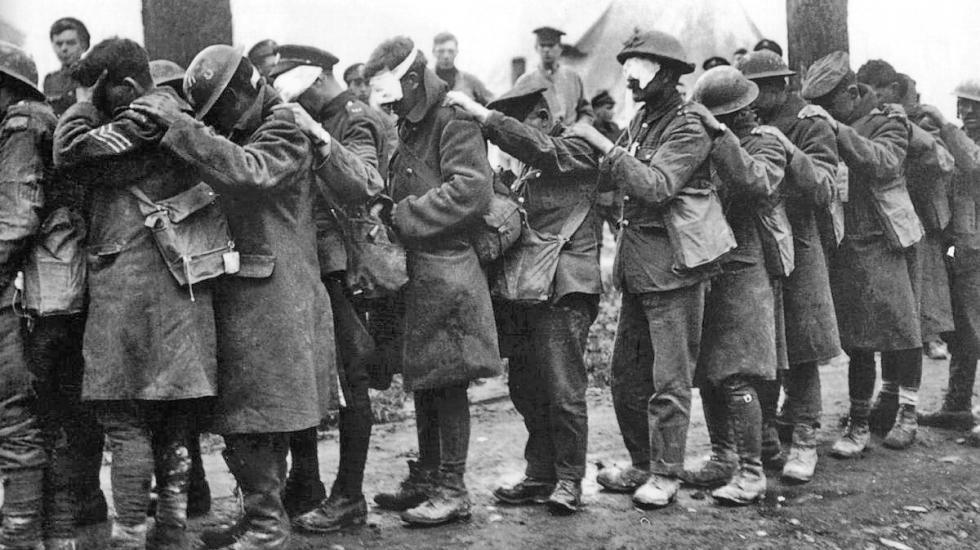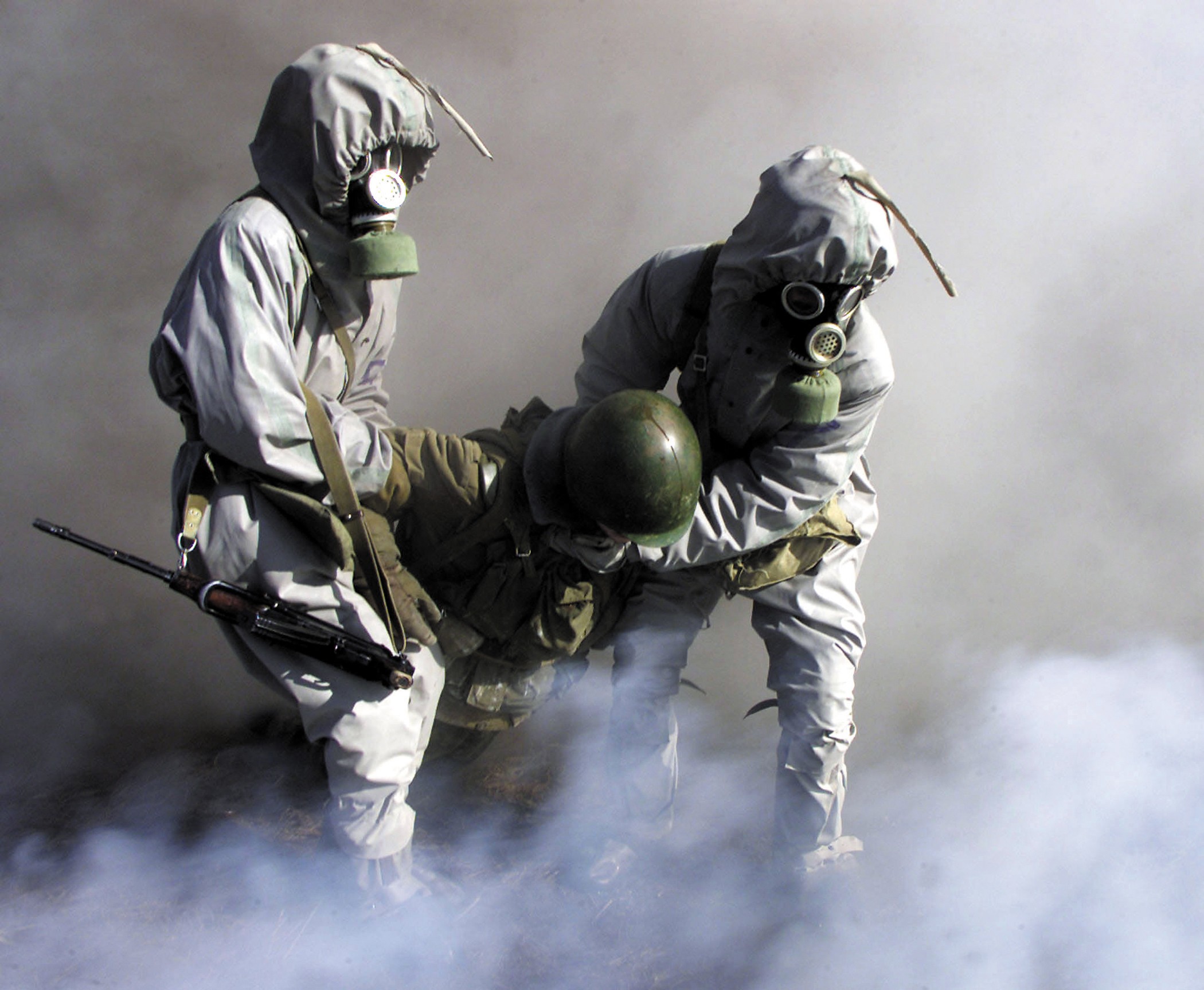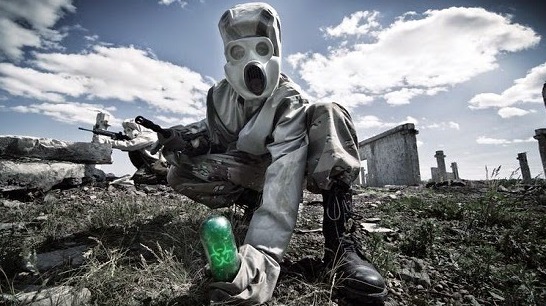Introduction
Two international treaties prohibited biological warfare in 1925 and 1972. They haven’t done much to deter nations from developing offensive weapons research and mass-manufacturing biological weapons.
Over 500 million individuals have perished from infectious diseases in the last century. The purposeful introduction of infections or toxins. These fatalities were caused largely by the Japanese during their raids on China during the Second World War, which resulted in several tens of thousands of casualties.
Bio-Warfare Program
It is also reasonable to be concerned that modified pathogens could serve as lethal weapons in the Chinese bio warfare program as our understanding of the biology of disease-causing agents—viruses, bacteria, and toxins—increases. I go over the history of terrorism and biological warfare in this piece to put these present and potential threats into perspective.

Man has used poisons to kill single opponents and sometimes whole armies since the dawn of civilisation. Louis Pasteur and Robert Koch’s research of microbiology allowed biological agents to be picked and manufactured rationally.
Two international bans on poisoned weapons were made in 1874 in Brussels and 1899 in The Hague because these risks were quickly seen. Even though these and other agreements were signed in good faith, they lacked ways to keep them in check.
The German Army was the first to employ biological and chemical weapons of mass destruction during the First World War. However, their physical attacks were relatively small-scale and not very effective; covert operations using both glanders and anthrax attempted to directly infect animals or contaminate animal feed in several of their enemy countries.

Many European nations began their biological warfare programs well before the Second World War in response to inaccurate and terrifying intelligence reports and the fact that there was no lasting peace after the war.
Biological warfare
Biological warfare is the purposeful deployment of pathogens, either naturally occurring or human-modified (sometimes referred to as “germ warfare” in this context). It could contain bacteria, viruses, or any other pathogen that causes disease.

Related article: Coronavirus Outbreak
The goal is to kill or disable people or make a tactically significant region inaccessible to unprotected people. It’s possible to refer to pathogens as “bioweapons” or “biological weapons.” According to the Chemical Weapons Convention, a toxin is an example of a non-living agent that is classified as a chemical agent even though a live organism produces it.
Conclusion
It seems unlikely it can stop bioweapon attacks on domesticated animals and the ensuing spread of livestock diseases used as weapons among wildlife populations. For attacks on cattle, bioterrorists wouldn’t need access to disease strains or lab cultures that could be used as weapons. Natural conditions that could cause catastrophic outbreaks are common and easy to find in many countries worldwide.
Humans are increasing the virulence and diversity of disease organisms through selection and engineering. The ease and speed with which potential human and animal disease vectors can be transported internationally creates conditions for disease epidemic scenarios that may exceed any known historical incident.

Our capacity to comprehend and govern the spread of infectious illnesses in human and animal populations is developing but remains insufficient to resist bioweapons and the expanding number of emergent contagious diseases.
Bioweapons and emerging diseases may threaten biota and biodiversity. Interdisciplinary and multinational initiatives to boost disease pathogen monitoring and identification and to better understand disease transmission in human and animal populations in developed and developing nations would considerably improve it.






